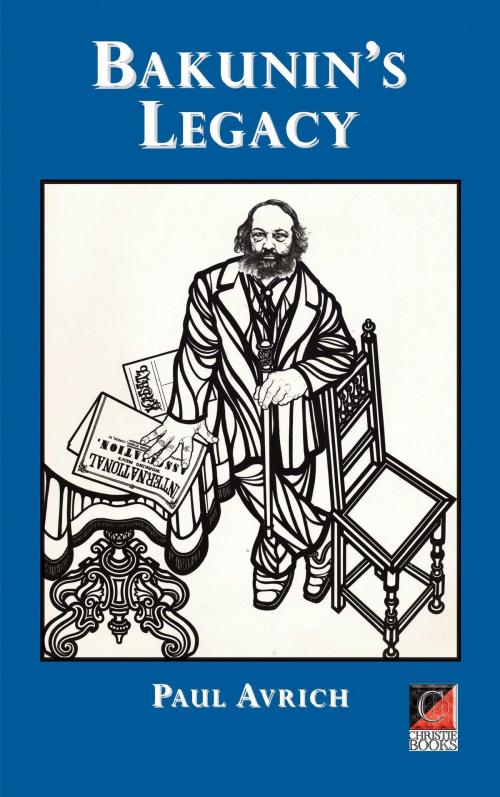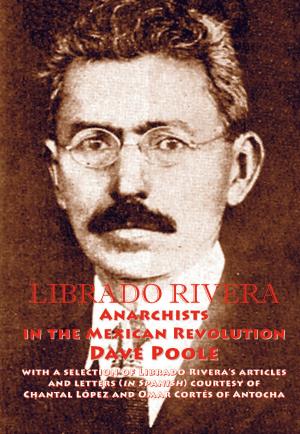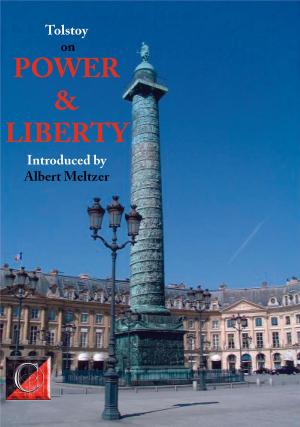BAKUNIN'S LEGACY
Nonfiction, Social & Cultural Studies, Political Science, Politics, Practical Politics, Religion & Spirituality, Philosophy, Political, History & Theory| Author: | Paul Avrich | ISBN: | 1230001485332 |
| Publisher: | ChristieBooks | Publication: | December 30, 2016 |
| Imprint: | ChristieBooks | Language: | English |
| Author: | Paul Avrich |
| ISBN: | 1230001485332 |
| Publisher: | ChristieBooks |
| Publication: | December 30, 2016 |
| Imprint: | ChristieBooks |
| Language: | English |
What are these ideas that have proved so relevant in the twentieth century—more so, perhaps, than in Bakunin’s own time? Above all, Bakunin foresaw the true nature of modern revolution more clearly than any of his contemporaries, Marx not excepted. For Marx the socialist revolution required the emergence of a well-organized and class-conscious proletariat, something to be expected in highly industrialized countries like Germany or England. Marx regarded the peasantry as the social class least capable of constructive revolutionary action: together with Lumpenproletariat of the urban slums, the peasants were benighted and primitive barbarians, the bulwark of counterrevolution. For Bakunin, by contrast, the peasantry and Lumpenproletariat, having been least exposed to the corrupting influences of bourgeois civilization, retained their primitive vigor and turbulent instinct for revolt. The real proletariat, he said, did not consist in the skilled artisans and organized factory workers, who were tainted by the pretensions and aspirations of the middle classes, but in the great mass of “uncivilized, disinherited, and illiterate” millions who truly had nothing to lose but their chains. Thus, while Marx believed in an organized revolution led by a trained and disciplined working class, Bakunin set his hopes on a peasant jacquerie combined with a spontaneous rising of the infuriated urban mobs, a revolt of the uncivilized masses driven by an instinctive passion for justice and by an unquenchable thirst for revenge. Bakunin’s model had been set by the great rebellions of Razin and Pugachev in the seventeenth and eighteenth centuries. His vision was of an all-embracing upheaval, a true revolt of the masses, including, besides the working class, the darkest elements of society—the Lumpenproletariat, the primitive peasantry, the unemployed, the outlaws—all pitted against those who throve on their misery and enslavement.
Subsequent events have, to a remarkable extent, confirmed the accuracy of Bakunin’s vision. It is small wonder, then, that contemporary historians have shown a new appreciation of the role of spontaneous and primitive movements in shaping history. From the work of Barrington Moore, who has recently investigated the relationship between modernization and agrarian revolt, as well as of Eric Hobsbawm, George Rude, E. P. Thompson, and others, we are coming to understand that most modern revolutions, like those of the past, have been largely unplanned and spontaneous, driven by mass movements of urban and rural laborers, and in spirit predominantly anarchistic. No longer can these naive, primitive, and irrational groups be written off as fringe elements to be ignored by the historian. They lie, rather, at the very basis of social change.
What are these ideas that have proved so relevant in the twentieth century—more so, perhaps, than in Bakunin’s own time? Above all, Bakunin foresaw the true nature of modern revolution more clearly than any of his contemporaries, Marx not excepted. For Marx the socialist revolution required the emergence of a well-organized and class-conscious proletariat, something to be expected in highly industrialized countries like Germany or England. Marx regarded the peasantry as the social class least capable of constructive revolutionary action: together with Lumpenproletariat of the urban slums, the peasants were benighted and primitive barbarians, the bulwark of counterrevolution. For Bakunin, by contrast, the peasantry and Lumpenproletariat, having been least exposed to the corrupting influences of bourgeois civilization, retained their primitive vigor and turbulent instinct for revolt. The real proletariat, he said, did not consist in the skilled artisans and organized factory workers, who were tainted by the pretensions and aspirations of the middle classes, but in the great mass of “uncivilized, disinherited, and illiterate” millions who truly had nothing to lose but their chains. Thus, while Marx believed in an organized revolution led by a trained and disciplined working class, Bakunin set his hopes on a peasant jacquerie combined with a spontaneous rising of the infuriated urban mobs, a revolt of the uncivilized masses driven by an instinctive passion for justice and by an unquenchable thirst for revenge. Bakunin’s model had been set by the great rebellions of Razin and Pugachev in the seventeenth and eighteenth centuries. His vision was of an all-embracing upheaval, a true revolt of the masses, including, besides the working class, the darkest elements of society—the Lumpenproletariat, the primitive peasantry, the unemployed, the outlaws—all pitted against those who throve on their misery and enslavement.
Subsequent events have, to a remarkable extent, confirmed the accuracy of Bakunin’s vision. It is small wonder, then, that contemporary historians have shown a new appreciation of the role of spontaneous and primitive movements in shaping history. From the work of Barrington Moore, who has recently investigated the relationship between modernization and agrarian revolt, as well as of Eric Hobsbawm, George Rude, E. P. Thompson, and others, we are coming to understand that most modern revolutions, like those of the past, have been largely unplanned and spontaneous, driven by mass movements of urban and rural laborers, and in spirit predominantly anarchistic. No longer can these naive, primitive, and irrational groups be written off as fringe elements to be ignored by the historian. They lie, rather, at the very basis of social change.















